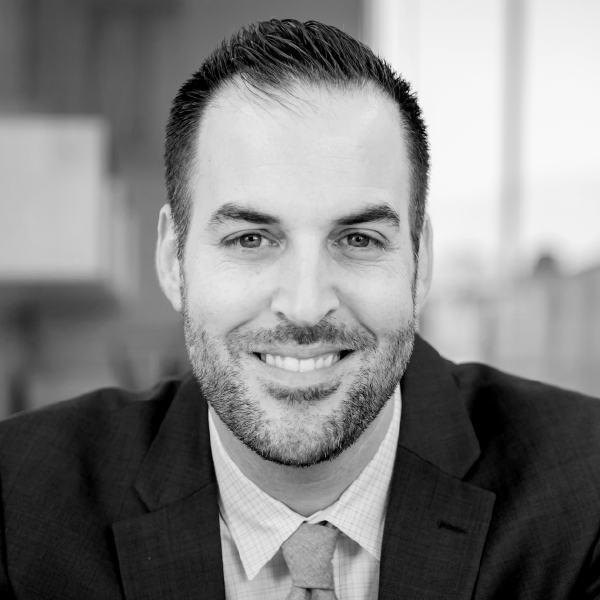Welcome to HMC Architects’ Five in Focus blog series, where we explore the latest trends, ideas, and innovations shaping the future of architecture and design. This series asks our design professionals to tell us what’s capturing their attention and offer some insights.
Kyle Peterson, AIA, LEED AP, DBIA, is HMC’s Community + Culture Practice Leader. Here he shares his thoughts on post-COVID gathering spaces, art and culture, recreation, convention centers, and the growth of Southern California’s Inland Empire.
1. Post-COVID gathering spaces
The last two-plus years have presented unique challenges that no one could have anticipated. I have witnessed firsthand how the pandemic has impacted our communities and how people respond to changing circumstances. As we move forward, seeing people returning to public gatherings and embracing a sense of normalcy in our post-pandemic environment is encouraging. The thrust for people to come back together and celebrate may result from pent-up demand. Still, it’s also an opportunity to create vibrant and inclusive public spaces that unite our communities. Creating spaces and infrastructure that facilitate safe and meaningful public gatherings is crucial from a civic perspective. As a civic project architect, I’m excited to be part of this effort to rebuild and revitalize our public life.
2. Art and culture
Many art museums and other cultural institutions invest heavily in presenting their collections to the public by either building new facilities or significantly investing in existing ones. Today’s art museums are very different from the hermetically sealed boxes of the past. Instead, they are open, transparent and invite the public into their inner sanctums. It’s exciting to see how these spaces are transforming into community hubs, fostering cultural exchange, and educating people about the process behind the curation, restoration, and storage of their works. Art has the power to reveal itself through symbolism and beauty, and after being isolated for so long, artists and museums have a lot to say. It’s an exciting time for the cultural sector, and I’m thrilled to participate in this transformation.
3. Recreation
I’ve been closely involved in designing and renovating recreational facilities for municipalities, investing heavily in creating spaces that foster community and support healthy and active lifestyles. It’s exciting to see interior and exterior recreational facilities pop up everywhere, featuring new recreational trends like pickleball, bouldering, and aquatics. These facilities provide a space for people to stay active and healthy and offer opportunities for social interaction and community building. These facilities are like “chicken soup for the soul” for people who have been isolated for so long from one another.
4. Convention centers
The convention industry is experiencing a resurgence, and convention centers are stepping up to meet the rising demand. As people eagerly look forward to gathering again, the competition among convention facilities is fierce. The battle for hosting the hottest conferences involves not just the size of the exhibit hall but also the quality of amenities provided within. These amenities include creating “sticky” spaces designed to foster casual interactions and walkable amenities around the convention center that offer convention-goers easy access to nearby hotels, fine dining, and nightlife options without requiring them to drive. Cities highly value convention centers, generating revenue through hotel taxes, sales taxes, and local job creation. This is why they should be functional and attractive, providing spaces for formal business transactions and informal networking while also considering the economic impact and benefits for the community. It’s an exciting time for the convention and business expo industry as it bounces back to meet the needs of a rapidly growing market.
5. Growth of California’s Inland Empire
The rapid growth of Southern California’s Inland Empire and the opportunities and challenges it brings is noteworthy. With a population of 4.7 million people projected to reach 5.7 million by 2048, the Inland Empire is a region primed for growth. Factors such as affordable housing, availability of low-cost land, proximity to the Port of Los Angeles and freeway access, and infrastructure development contribute to this growth. As a firm based in the Inland Empire, we are actively involved in this area’s responsible growth and development. We work closely with our city and county clients to continue to create a thriving community that offers an exceptional quality of life, work, and play for all.

